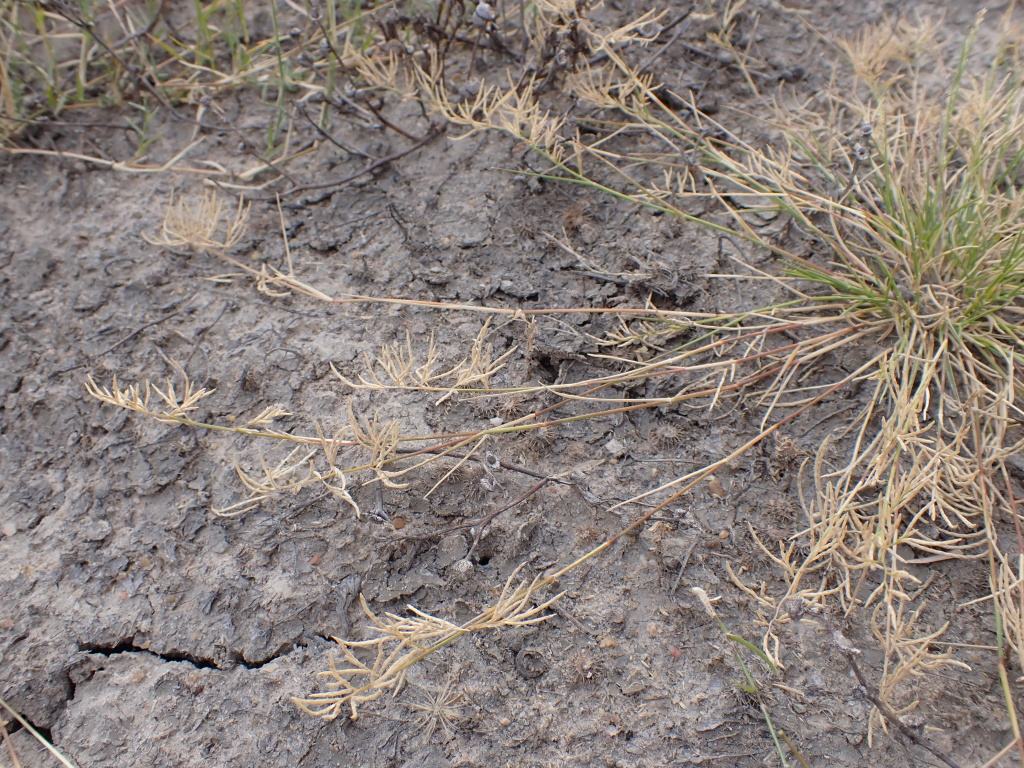Eragrostis dielsii
Pilg. Mallee Love-grassTufted, stoloniferous, or rhizomatous annual or short-lived perennial, culms scabrous, sometimes branched, prostrate or erect, to 60 cm high. Leaves glabrous, finely scabrous; blade flat, folded or closely inrolled, to 8 cm long and 3.5 mm wide. Inflorescence typically a panicle with rather few short branches, occasionally reduced to a raceme or spike, 1–15 cm long and 1–6 cm wide, spikelets often clustered, and curved to one side, lower branches solitary. Spikelets subsessile or sessile, 9–60-fiowered, 4–35 mm long and 0.7–1.5 mm wide, commonly purplish with prominent pale margins; glumes obtuse, often splitting at apex, 1–1.8 mm long, subequal; lemmas closely overlapping, 1.5–2.5 mm long, obtuse, sometimes shallowly bilobed, nerves thickened, pale; palea subequal to or slightly longer than lemma; anthers c. 0.4 mm long. Flowers mainly Sep.–Mar.
LoM, MuM, Wim, VRiv, MSB, RobP, MuF, GGr. Also WA, NT, SA, Qld, NSW. Common on verges and beds of (usually ephemeral) fresh and salt lakes and occasional on drier ground almost throughout the Mallee and in closely adjacent Wimmera and Riverina areas (e.g. Dimboola, Boort, Swan Hill), with isolated southern occurrences near Mt Arapiles.
Walsh, N.G. (1994). Poaceae. In: Walsh, N.G.; Entwisle, T.J., Flora of Victoria Vol. 2, Ferns and Allied Plants, Conifers and Monocotyledons, pp. 356–627. Inkata Press, Melbourne.
 Spinning
Spinning



